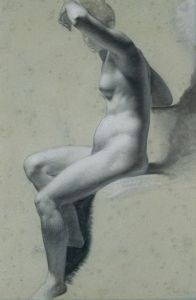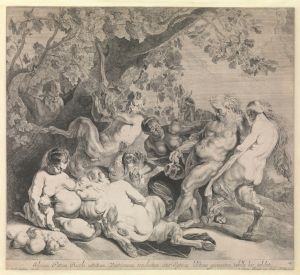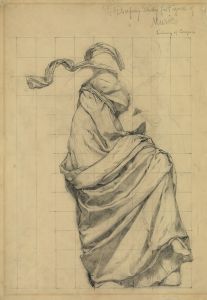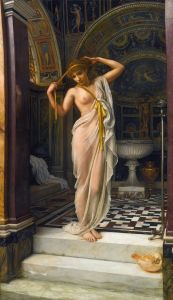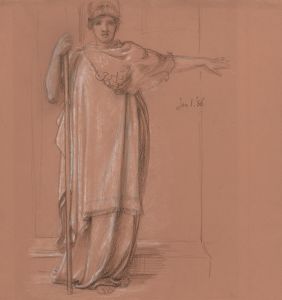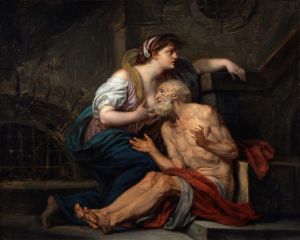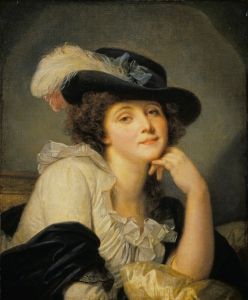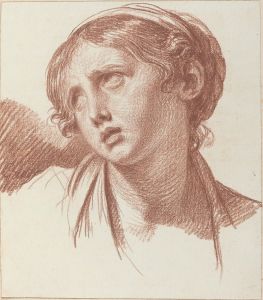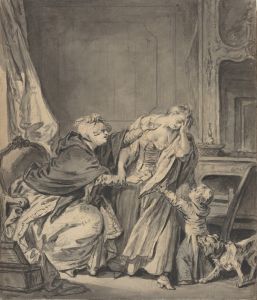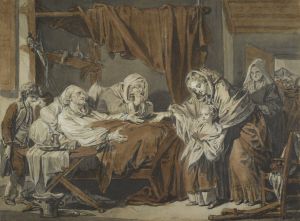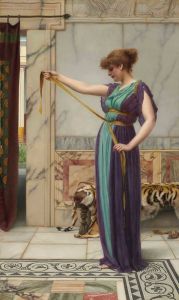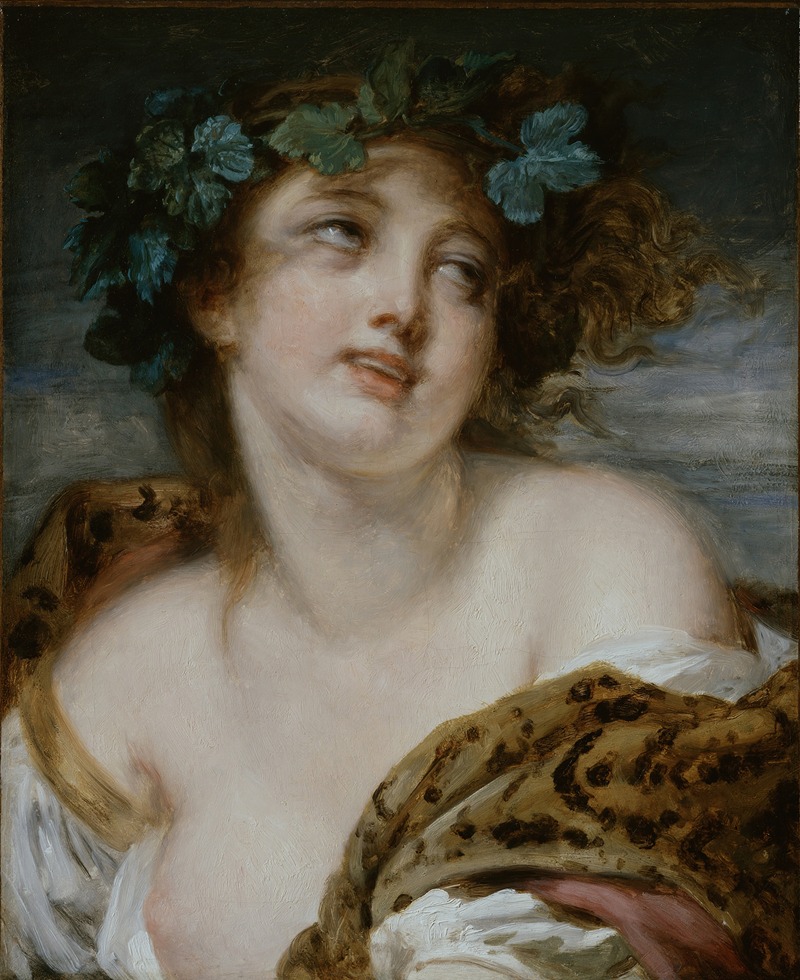
Bacchante
A hand-painted replica of Jean-Baptiste Greuze’s masterpiece Bacchante, meticulously crafted by professional artists to capture the true essence of the original. Each piece is created with museum-quality canvas and rare mineral pigments, carefully painted by experienced artists with delicate brushstrokes and rich, layered colors to perfectly recreate the texture of the original artwork. Unlike machine-printed reproductions, this hand-painted version brings the painting to life, infused with the artist’s emotions and skill in every stroke. Whether for personal collection or home decoration, it instantly elevates the artistic atmosphere of any space.
"Bacchante" is a painting by the French artist Jean-Baptiste Greuze, created in the 18th century. Greuze, born on August 21, 1725, in Tournus, France, was a prominent painter known for his genre scenes, portraits, and historical paintings. He trained at the Royal Academy of Painting and Sculpture in Paris and became well-regarded for his ability to capture the emotional depth and moral narratives in his works.
The painting "Bacchante" depicts a Bacchante, a female follower of Bacchus, the Roman god of wine, revelry, and ecstasy. Bacchantes, also known as Maenads in Greek mythology, were often portrayed in a state of ecstatic frenzy, participating in wild, uninhibited celebrations. Greuze's interpretation of the Bacchante theme aligns with his interest in exploring human emotions and moral complexities.
In "Bacchante," Greuze captures the essence of the Bacchante's character through her expressive face and dynamic pose. The painting features a young woman with a wreath of vine leaves in her hair, symbolizing her connection to Bacchus. Her attire is loose and flowing, suggesting movement and freedom. The use of light and shadow in the painting highlights her features and adds a sense of depth and realism to the composition.
Greuze's technique in "Bacchante" demonstrates his skillful handling of oil paint, with delicate brushstrokes that create a smooth texture and lifelike appearance. The color palette is rich and warm, with earthy tones that enhance the naturalistic quality of the figure. The background is kept relatively simple, ensuring that the viewer's attention remains focused on the Bacchante.
Jean-Baptiste Greuze's work, including "Bacchante," was highly regarded during his lifetime, and he enjoyed considerable success and patronage. His ability to convey complex emotions and moral lessons through his paintings resonated with the tastes of the 18th-century French art audience. However, his popularity waned towards the end of his career, and he faced criticism from some contemporaries who favored the emerging Neoclassical style.
Despite the fluctuations in his reputation, Greuze's contributions to the art world have been recognized and appreciated in subsequent years. His works are held in various prestigious collections, including the Louvre Museum in Paris, which houses several of his paintings.
"Bacchante" remains an exemplary piece within Greuze's oeuvre, showcasing his talent for capturing the human spirit and his mastery of the Rococo style. The painting continues to be studied and admired for its artistic and historical significance, offering insight into the cultural and artistic milieu of 18th-century France.





